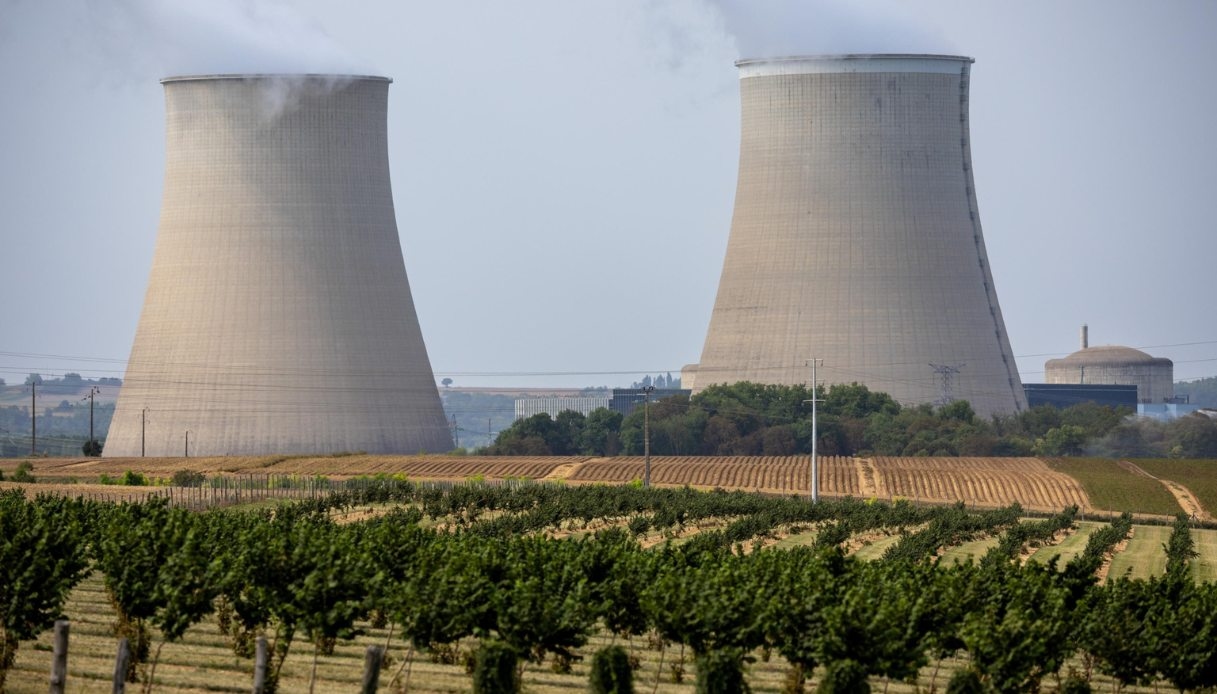Wind and solar energy are the future: they outperform the "old" nuclear power by 70%.

Wind and solar energy production is rising to record levels, thanks in part to ever-decreasing costs. In 2024, electricity generated from renewable sources worldwide exceeded nuclear energy by 70% , confirming the nuclear fission crisis in the face of increasingly advanced and efficient green technologies.
This trend emerges from the WNIR 2025 (World Nuclear Industry Status Report), which annually provides a snapshot of nuclear power plant production on an international scale, detailing the condition of the power plants and the decommissioning of the reactors, and providing a comparison with the development of new sustainable energy production systems.
The Nuclear Energy ReportThe report was presented at the Rome headquarters of the European Commission Representation in Italy by the German Federal Office for the Safety of Nuclear Waste Management (BASE), together with the two German foundations Friedrich-Ebert and Heinrich-Böll.
The event, organized by the Kyoto Club and attended by experts and scientists from around the globe, offered a forum for debate on the comparison between electricity developed by the nuclear industry and the ever-expanding global market for renewable energy.
This development has been made possible by the plummeting prices of photovoltaic materials and systems over the last 40 years: from 1976 to 2019, the real cost of solar modules dropped by 99.6%, while radiation conversion efficiency has reached around 20%, aiming for a rate of 35% in the near future.
These figures have led to an explosion in investments in renewable sources, with peaks of +81% in 2024 in Asia (excluding China and India) and Pacific markets, +85% in Europe, Central and Southern Africa (excluding EU countries and the United Kingdom), and up to +167% in North and South America (excluding the USA and Brazil).
Renewables overtaking nuclear powerIn this context, the largest markets have now confirmed that green energy has overtaken nuclear power, surpassing nuclear fission by more than 70% in global production last year. This trend is supported by the words of WNIR 2025 coordinator Mycle Schneider:
While many countries are making political pronouncements and allocating significant public funds, the number of states operating and building nuclear power plants is actually decreasing. Nuclear energy has become irrelevant in the global electricity generation technology market, now dominated by solar and wind power, increasingly integrated with storage systems.
The predominance of renewables is also confirmed by data updated to June 2025, when solar exceeded reactor-generated electricity by a fifth, which fell by 4.5% internationally.
In 2024, China supplied 40% of the world's wind and solar energy , with nuclear power growing by 3.7%. In the European Union, wind and solar power accounted for 17% and 11%, respectively, of total domestic production, compared to 23% from nuclear power plants, which increased year-on-year almost entirely due to plant renovations in France.
In India, energy developed from wind and solar has grown by 33% in both sectors, while in the United States, renewables are about to complete the catch-up with nuclear.
QuiFinanza





